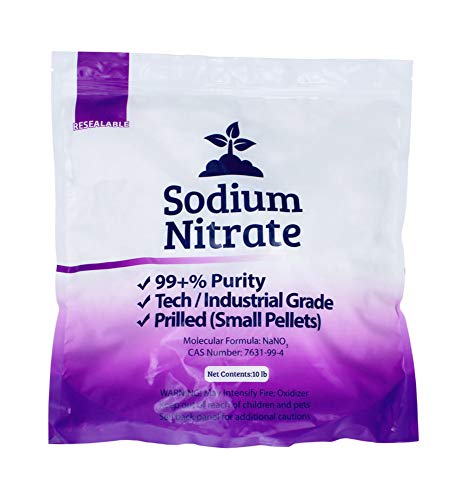Nice job on the cementing fixture. That will do the job.
The problem is there isn’t a lot to cement out, the solution looks pretty clear (blue is mostly copper, and that will not drop). Did the solution show positive results with stannous chloride? One or 2 grams of precious metal may come out of solution and it is barely detectable. If you used aluminum you would think you got a lot out but most of it isn’t precious and it’s a mess to separate.
I still think your missing gold is in the silver chlorides. Have you separated the gold from the reduced chlorides yet?
The problem is there isn’t a lot to cement out, the solution looks pretty clear (blue is mostly copper, and that will not drop). Did the solution show positive results with stannous chloride? One or 2 grams of precious metal may come out of solution and it is barely detectable. If you used aluminum you would think you got a lot out but most of it isn’t precious and it’s a mess to separate.
I still think your missing gold is in the silver chlorides. Have you separated the gold from the reduced chlorides yet?










































































